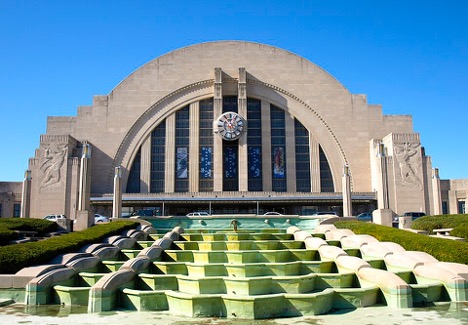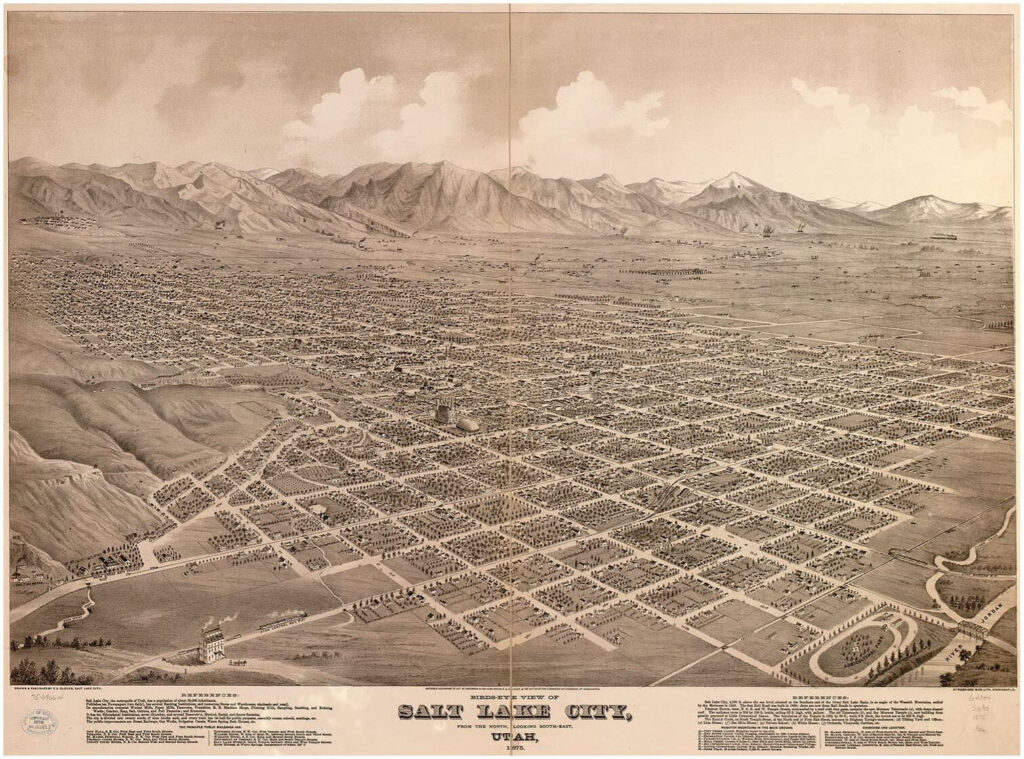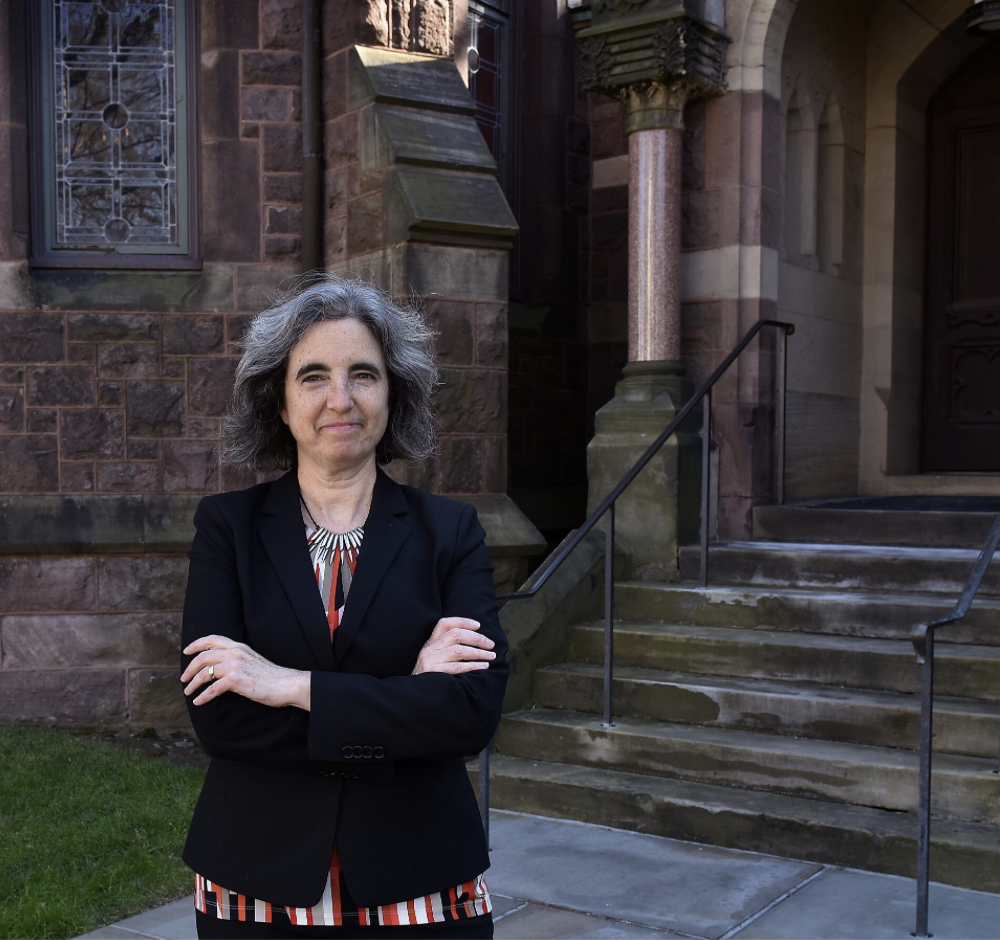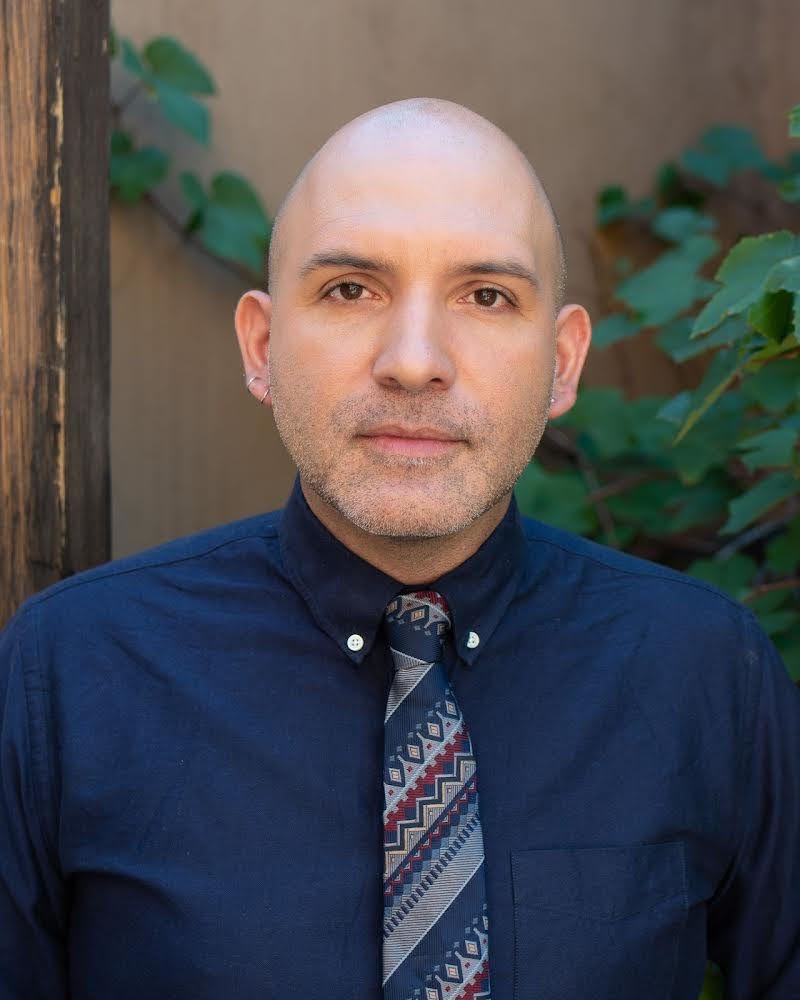Founded in 1986, the Society for American City and Regional Planning History (SACRPH) promotes scholarship on the planning of cities and metropolitan regions and bridges the gap between the study of cities and the practice of urban planning.
RECENT NEWS AND ANNOUNCEMENTS
SACRPH 2026 in Cincinnati – The 21st National Conference on Planning History:
CALL FOR PAPERS, PANELS, AND POSTERS

2026 SACRPH Awards Competition: Call for Nominations
The Society for American City and Regional Planning History (SACRPH) invites submissions for its 2026 biennial awards competition. Read more here.
Tribute to Alison Isenberg
SACRPH mourns the passing of Alison Isenberg, long-time SACRPH member, board member (1997-2013), and past President (2009-2011). She was most recently Professor of History at Princeton University. Her contributions to this organization and the larger field are numerous. Please see our tribute for more on Dr. Isenberg’s legacy at SACRPH and beyond.
Highlight from the Journal of Planning History:

Elwin C. Robison explores Samuel Newhouse’s developments in
“Samuel Newhouse and Salt Lake City’s ‘Little Wall Street.'”
Newhouse was a mining developer who used the fortune he acquired to develop a new financial center in Salt Lake City. Taking advantage of the siting of the new Federal Building, Newhouse commissioned twin eleven-story skyscrapers flanking a new street which cut through the city block. The new financial center which he envisioned was slow to attract businesses, and a decline in his mining stocks, reduced access to European capital, and competition from existing land-holders in Salt Lake City contributed to his bankruptcy. However, his twin skyscrapers and new street remain as evidence of his bold real estate venture.
Member Spotlight:
Assistant Professor, Department of Urban Studies and Planning, University of California, San Diego
More of the latest updates can be found in the NEWS PAGES. For the most recently listed opportunities, see the JOBS PAGE.



